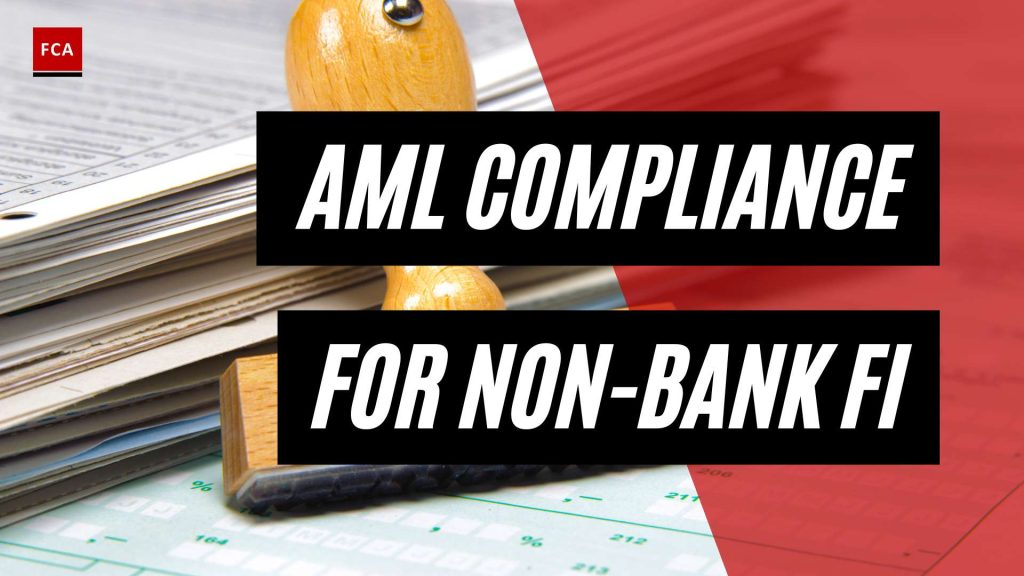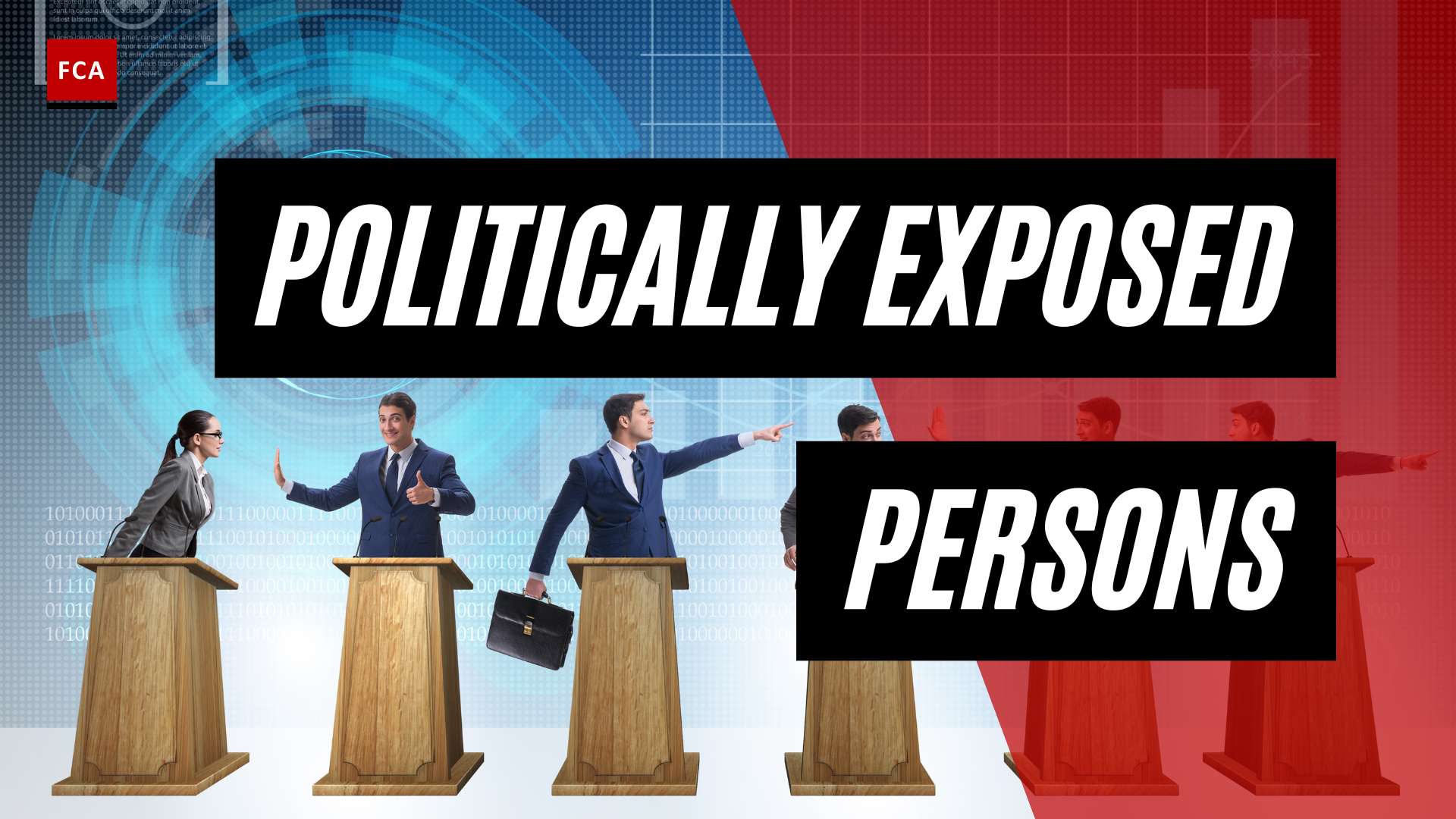Understanding Non-Bank Financial Institutions
In the landscape of financial services, Non-Bank Financial Institutions (NBFIs) play a significant role. These institutions, despite not having full banking licenses, facilitate various financial transactions and services. However, like their banking counterparts, NBFIs are required to comply with Anti-Money Laundering (AML) regulations, which can be intricate and varied across jurisdictions, posing certain challenges.
Definition and Role of NBFIs
NBFIs are broadly defined as institutions other than banks that offer financial services. These institutions form a diverse and essential part of the financial system, providing alternatives to traditional banking services. They can facilitate everything from investment management and insurance services, to lending and money transfers.
While NBFIs play a critical role in the economy, they are also vulnerable to financial crimes such as money laundering and terrorist financing. The Financial Action Task Force (FATF) has documented cases where NBFIs, such as money remitters, have been exploited for criminal activities. As a result, these institutions must have effective AML compliance programs in place to mitigate these risks. For more on the AML requirements for NBFIs, you can visit our guide on aml requirements for non-bank financial institutions.
Types of Non-Bank Financial Institutions
There are numerous types of NBFIs, each with its own set of financial services and associated risks. Here are a few examples:
-
Investment Firms: These institutions provide services related to securities trading, asset management, and advisory services.
-
Insurance Companies: These entities offer various types of insurance coverage and may also offer investment products.
-
Money Transfer Services: These businesses facilitate money transfers and remittances, often across borders.
-
Microfinance Institutions: These organizations provide small loans, typically to individuals and small businesses that may not have access to traditional banking services.
-
Pawnshops: These businesses offer loans in exchange for personal property as collateral.
Understanding the types of NBFIs and the services they provide can help in developing tailored AML strategies. For detailed AML strategies for NBFIs, refer to our article on aml controls for non-bank financial institutions.
AML Obligations for NBFIs
Non-Bank Financial Institutions (NBFIs) play a critical role in the financial sector, providing an array of services that complement the traditional banking sector. However, just like banks, NBFIs are subject to specific Anti-Money Laundering (AML) obligations that aim to prevent and detect financial crimes.
Requirement for an AML Program
As outlined in the BSA/AML Manual, NBFIs must establish a robust AML program designed to combat money laundering and terrorist financing. The AML program should be tailored to the institution’s specific risk profile and must meet certain minimum requirements as established by regulatory authorities.
Key elements of an effective AML program for NBFIs include comprehensive risk assessment procedures, internal controls to manage identified risks, an independent audit function to test the program, and continuous AML training for employees. Visit our page on aml program for non-bank financial institutions for more details on these requirements.
While NBFIs typically need access to banking services to operate, it should be noted that banks are not responsible for their NBFI customers’ compliance with the Bank Secrecy Act and other applicable AML laws and regulations. Consequently, NBFIs must take full responsibility for their own AML compliance.
Reporting and Recordkeeping Duties
In addition to implementing an AML program, NBFIs also have certain reporting and recordkeeping responsibilities. These duties are designed to provide authorities with valuable data that can help detect and investigate potential cases of money laundering and other financial crimes.
NBFIs are required to maintain accurate and comprehensive records of their financial transactions and customer relationships. These records should include details such as customer identification information, transaction dates and amounts, and the nature and purpose of the transaction.
Moreover, if an NBFI identifies a transaction or series of transactions that are suspicious or inconsistent with a customer’s known business or personal activities, it has a duty to report this to the relevant authorities. This process, known as Suspicious Activity Reporting, is a crucial component of AML compliance and aids in the detection and prevention of financial crime.
For further information on these duties and how to fulfill them, refer to our pages on aml reporting for non-bank financial institutions and aml recordkeeping for non-bank financial institutions.
By understanding and fulfilling their AML obligations, NBFIs can contribute to the global fight against financial crime, protect their operations from illicit activities, and maintain the trust and confidence of their customers and stakeholders.
Challenges in AML Compliance
Achieving effective Anti-Money Laundering (AML) compliance presents several challenges for non-bank financial institutions (NBFIs). These obstacles range from understanding diverse global AML regulations to balancing regulatory requirements with operational efficiency.
Varied Global AML Regulations
One of the primary challenges for NBFIs is the complexity of global AML regulations. These regulations can vary significantly across different jurisdictions, making it difficult for institutions to understand and comply with all the intricacies involved (NorthRow). For a deeper understanding of these regulations, read our article on aml regulations for non-bank financial institutions.
Additionally, the lack of standardized data sources and formats poses a challenge for NBFIs in conducting proper customer due diligence for AML compliance. This issue often makes the process of identifying and verifying customer information more complex and time-consuming.
Moreover, criminals continuously develop new ways to launder money, such as using shell companies, offshore accounts, and digital currencies, as well as complex transactions like layering and integration. This makes it challenging for financial institutions to trace the source of funds.
Balancing Regulatory Requirements and Efficiency
Another significant challenge faced by NBFIs is balancing regulatory requirements with operational efficiency. Complying with AML regulations often leads to increased costs and resource burdens, which can impact the efficiency and profitability of these institutions.
Furthermore, a lack of cooperation and information sharing between financial institutions and regulatory authorities can pose a challenge in combating money laundering. Financial institutions might be reluctant to share information due to legal liability and reputational risks. At the same time, regulatory authorities may lack the resources or expertise to effectively analyze the provided information.
It’s crucial for NBFIs to find a balance between adhering to AML regulations and maintaining operational efficiency. This involves investing in robust AML programs and technology to streamline their compliance processes, as well as fostering a culture of transparency and cooperation with regulatory authorities.
Despite these challenges, AML compliance remains a top priority for NBFIs. In the next section, we will explore the potential impacts of non-compliance and discuss strategies to enhance AML compliance within NBFIs.
Impact of Non-Compliance
Non-compliance with Anti-Money Laundering (AML) regulations carries significant consequences for Non-Bank Financial Institutions (NBFIs). These include civil and criminal penalties, reputational damage, and financial losses.
Civil and Criminal Penalties
Financial organizations that violate AML regulations can face civil and criminal penalties, ranging from fines to jail time. Sanctions, which can bar FIs from doing business with certain entities, may also be imposed (Unit21).
For instance, the Bank Secrecy Act (BSA) of 1970 imposes compliance obligations on US financial institutions. These obligations include the provision of documentation and the implementation of a risk-based AML compliance program. Violations of the BSA can result in fines of up to $500,000 and imprisonment for up to ten years.
Likewise, the USA PATRIOT Act requires banks and financial institutions in the US to understand and comply with AML regulations. Violations of this act can result in fines of $1 million or double the value of the transaction, whichever is greater (Unit21).
Furthermore, the Office of Foreign Assets Control (OFAC) is responsible for administering and enforcing US sanctions. Violations of AML sanctions regulations can lead to fines of up to $20 million and imprisonment for up to 30 years.
Reputational Damage and Financial Losses
In addition to legal penalties, non-compliance with AML regulations can also lead to significant reputational damage. Many non-bank financial institutions have faced allegations and investigations for failing to comply with AML compliance rules, leading to significant reputational damage and financial losses (Deloitte).
When these allegations become public, they can cause clients and investors to lose trust in the institution. This loss of trust can lead to a decrease in business and a drop in share prices, resulting in significant financial losses.
As a result, it is essential for NBFIs to prioritize AML compliance not only as a legal requirement but also as a key component of their risk management strategy. Implementing robust AML controls, procedures, and training can help to mitigate these risks and protect the institution’s reputation and financial health.
AML Compliance Strategies for NBFIs
As part of their responsibility to prevent money laundering and terrorist financing, non-bank financial institutions (NBFIs) must develop and implement effective Anti-Money Laundering (AML) compliance strategies. These strategies should be tailored to the institution’s size, complexity, and risk profile, and should involve comprehensive risk assessment, robust internal controls, and continuous monitoring and reporting procedures.
Effective Risk Assessment
Risk assessment is a fundamental component of AML compliance for NBFIs. It involves identifying and evaluating potential risks associated with money laundering and terrorist financing, and implementing controls to mitigate these risks.
NBFIs must conduct customer due diligence (CDD) procedures to verify the identity of customers, assess the risks associated with different types of accounts, and monitor transactions for suspicious activities. Enhanced due diligence must be applied to high-risk customers to ensure adequate control measures are in place.
Moreover, NBFIs should be aware of the complexities of money laundering methods. Criminals continuously develop new ways to launder money, such as using shell companies, offshore accounts, and digital currencies, as well as complex transactions like layering and integration, making it challenging for financial institutions to trace the source of funds.
Strengthening Internal Controls
Implementing robust internal controls is another crucial aspect of AML compliance for NBFIs. These controls are designed to safeguard the institution from money laundering and terrorist financing risks, and to ensure adherence to AML regulations for non-bank financial institutions.
Effective internal controls should include clear and comprehensive AML policies and procedures, a designated AML compliance officer, ongoing AML training for employees, and regular audits to test the effectiveness of the AML program.
Furthermore, NBFIs must have adequate data and technology resources to identify suspicious activities. Financial institutions may lack access to adequate customer, transaction, and third-party data, and may not possess the necessary analytics tools to identify suspicious activities, posing obstacles to detecting and preventing money laundering activities (Sanction Scanner).
In the face of these challenges, NBFIs should seek to leverage new technologies and data analytics tools to enhance their AML compliance efforts. These tools can help institutions to better understand their customers, identify patterns of suspicious behavior, and report potential instances of money laundering in a timely and efficient manner. For more information on strengthening AML controls for non-bank financial institutions, refer to our detailed guide.
Emerging Trends and Future Outlook
In the ever-evolving landscape of Anti-Money Laundering (AML), Non-Bank Financial Institutions (NBFIs) are faced with new trends and expectations that continuously shape the future of AML compliance. These include advancements in technology and changes in regulatory expectations.
New Technologies and AML Compliance
As criminals continuously develop new methods to launder money, such as using digital currencies and complex transactions, financial institutions must keep pace with these advancements to effectively flag and trace suspicious activities (Sanction Scanner). This includes the potential misuse of virtual currencies and prepaid cards for illicit purposes (FFIEC).
While the use of new technologies poses challenges in AML compliance, it also provides opportunities for improvement. For instance, leveraging advanced analytics and machine learning algorithms can significantly enhance the ability to detect suspicious patterns and activities. These technologies can also aid in conducting effective risk assessments and streamlining the reporting and recordkeeping processes.
However, the adoption of these technologies requires sufficient data and technology resources. NBFIs may face difficulties in accessing adequate customer, transaction, and third-party data, and may not possess the necessary analytical tools to identify suspicious activities (Sanction Scanner). Therefore, investing in robust data management systems and analytical tools is crucial for NBFIs aiming to enhance their AML compliance capabilities.
Regulatory Developments and Expectations
Regulatory expectations for AML compliance are also evolving, with increased scrutiny and enforcement actions highlighting the urgency for NBFIs to enhance their AML compliance programs and controls. For instance, the European Commission recently proposed a package of new legislative measures to combat money laundering and terrorist financing, which includes direct obligations on NBFIs to implement and maintain effective AML compliance frameworks.
Accommodating diverse AML compliance standards across different jurisdictions can be resource-intensive and time-consuming. Coupled with the need to gather more customer information, including beneficial ownership details, NBFIs are faced with the challenge of balancing regulatory requirements and operational efficiency.
Despite these challenges, it’s crucial for NBFIs to stay updated with regulatory developments and adjust their AML compliance programs accordingly. This includes regular updates to AML policies and procedures, ongoing AML training for employees, and continuous AML monitoring of transactions.
In the face of evolving trends and regulatory expectations, NBFIs need to proactively adapt their AML compliance strategies to safeguard against financial crime effectively. This is not only essential for maintaining regulatory compliance but also instrumental in protecting the reputation and financial stability of the institutions.








